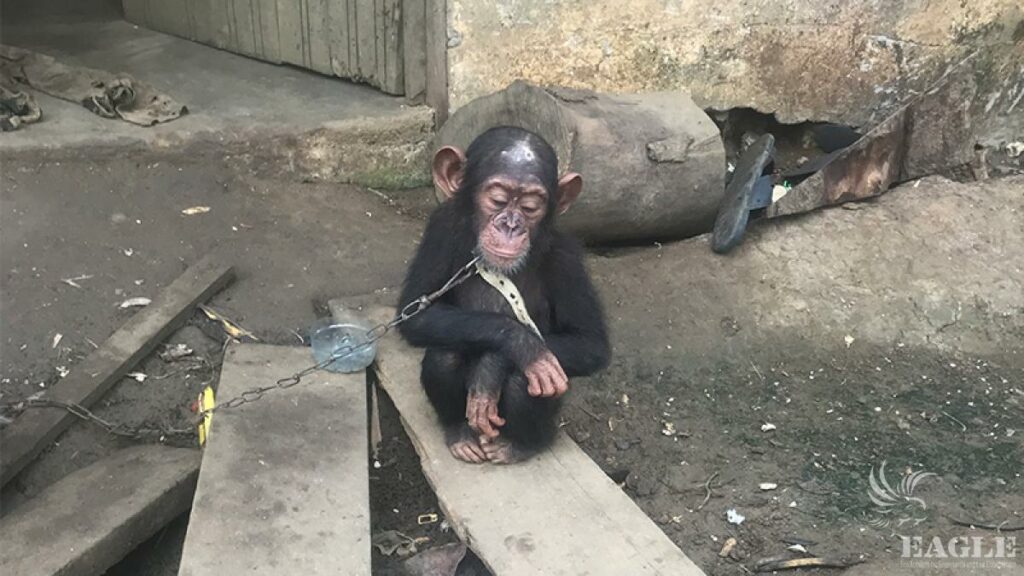A US company says it has resurrected extinct prehistoric dire wolves, heavily featured in the TV series ‘Game of Thrones’.
The animal was one of the most formidable predators during the last Ice Age, possessing a heavier body and a larger skull than those of modern wolves. The species went extinct along with many others as the Ice Age ended.
Now – around 13,000 years later – Colossal Biosciences has announced the birth of three genetically engineered wolf pups, all with striking white fur, created with the help of ancient DNA obtained from fossilised remains of dire wolves.
The company is calling them dire wolves and is referring to this as the world’s first successfully ‘de-extincted’ animal.

The same approach can be used to resurrect other extinct species for which ancient DNA is available, according to the Dallas-based firm which aims to bring back the woolly mammoth.
Doug Burgum, US Secretary of the Interior said: ‘Since the dawn of our nation, it has been innovation—not regulation—that has spawned American greatness. The revival of the dire wolf heralds the advent of a thrilling new era of scientific wonder, showcasing how the concept of ‘de-extinction’ can serve as a bedrock for modern species conservation.
‘The dire wolf revival is more than a scientific triumph, it carries profound cultural significance as it embodies strength and courage that is deeply encoded within the DNA of American identity and tribal heritage.’
Not Real Dire Wolves
However some experts are more cautious, describing the pups as genetically modified gray wolves – the closest living relative to the dire wolf – because the process used to create them involved editing the genes of that species to add dire wolf traits.
‘It is an impressive feat of genome editing, but I would not call it de-extinction,’ David Gold, a professor of Paleobiology at UC Davis.
‘They have taken a grey wolf and modified some of its genes to mimic a dire wolf, making a sort of grey wolf – dire wolf hybrid. These animals are not being raised in a pack by other dire wolves, and they are not hunting in the wild, so I suspect their behaviour will be different from a real dire wolf as well.’
There are two male pups, named Romulus and Remus after Rome’s legendary founders who were suckled by a she-wolf, and one female, named Khaleesi after a Game of Thrones character played by actress Emilia Clarke
All three are large for their age compared to gray wolves, according to Beth Shapiro, Colossal’s chief science officer. Romulus and Remus, both six months old, are around 36 kg while Khaleesi, at two months old, is around 11 kg.
Dire wolves were as much as 25 per cent bigger than gray wolves, with a slightly wider head and a stronger jaw.
Colossal scientists extracted ancient DNA from two dire wolf fossils – a tooth from Sheridan Pit, Ohio, approximately 13,000 years old, and an inner ear bone from American Falls, Idaho, roughly 72,000 years old.
Twenty genes of gray wolves were edited with this DNA to include dire wolf traits in gray wolf cells. Through cloning, embryos were created from the edited gray wolf cells, and these were implanted in surrogate domesticated dog mothers. Three different dogs gave birth to the pups.

‘We define de-extinction success as bringing back the functional ecological traits that made dire wolves unique contributors to their ecosystem, and our dire wolves are an example of that,’ Shapiro said.
Asked by reporters whether it is proper to call the pups dire wolves, Shapiro added: ‘I feel like this debate misses the point a bit. Remember that species classifications are human constructs that often don’t map well onto natural populations. We invented them to help make sense of the natural world.’
Colossal’s CEO Ben Lamm was even more optimistic. He said: ‘I could not be more proud of the team. This massive milestone is the first of many coming examples demonstrating that our end-to-end de-extinction technology stack works.’









